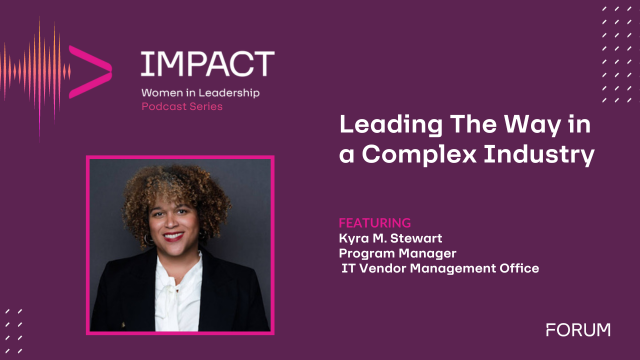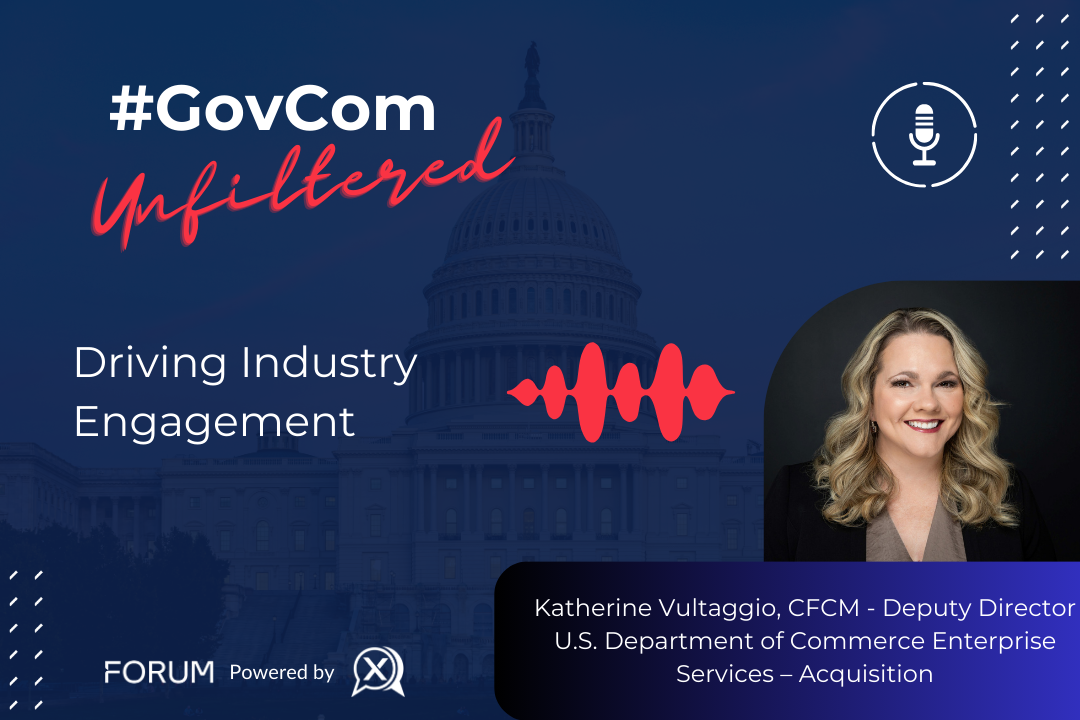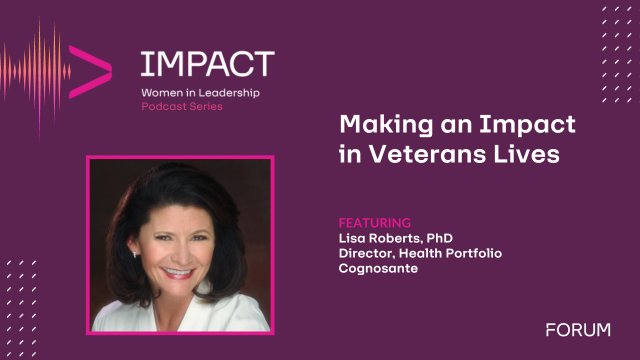By Kai Baker Stringfield and Summit Sampat
The COVID-19 pandemic has underscored the pressing need for Federal Healthcare agencies to become more proficient at collecting and analyzing patient data to better inform Healthcare decisions and improve policy making. Whether the goal is pandemic responses, understanding health disparities or to bring more efficiencies in Healthcare administration, the timely collection of electronic health records (EHR) — and rapid exploitation of that data — is critical.
Federal Healthcare agencies understand this and are striving to modernize their data management infrastructures. But they confront significant hurdles, resulting in wasted time and resources. Federal Healthcare agencies need an approach to ensure the right mix of expertise is brought to bear, critical business and mission imperatives are made clear, the required business and mission capabilities are aligned to those imperatives from the start, and that the solution can scale the systems across divisions and agencies.
In our experience helping Federal agencies overcome these complex challenges, we have learned focusing on the following four areas can significantly increase chances of success:
Understand the Agency’s Business Needs and Challenges
Too often, vendors fail to take the time necessary to fully understand what their client agencies need from an operations and business perspective to be successful. This may sound simple, but it’s not — and if it’s not done well, the result may be a delivered capability that addresses only a small percentage of what is needed. To develop a thorough grasp of the business imperatives to be addressed, we suggest three distinct approaches:
Frequent conversations with key stakeholders. Define the major business challenges to be addressed and cross-check these with all other stakeholders. This ensures everyone involved in the modernization effort is on the same page from the start and creates the opportunity to synchronize thinking across stakeholder groups.
Coordination and validation though Integrated Project Teams (IPTs). IPTs focus on fleshing out the nuances of specific workstreams the new capability will manage. For example, an IPT could focus on data collection, data reporting, secure web portals or data-focused activities specific to the agency. IPTs should be held frequently and drill down into business requirements to ensure project activities are properly aligned from the start.
An Agile approach. To build a solution and ensure project efforts closely align with the agency’s expectations and priorities, an iterative process is necessary. For example, creating a cadence for the industry team to execute and then demoing the work to the client agency for approval ensures project efforts are closely aligned to agency expectations and priorities, and adjusted quickly, as needed.
Assemble a Strong Multi-disciplinary Team
The importance of a multi-disciplinary team cannot be overstated — it is critical to translate business and mission needs into a functional capability that meets the agency’s broad goals. Any data modernization project will require people who have deep expertise in project management, information systems, data science, architectural engineering, software engineering, and other technical areas.
But this isn’t enough. A data platform — even the most modern and capable — is worth little if it does not cater to the specific needs of its various users. This requires that project teams understand how the end user will interact with the system – across medical, research, regulatory, or administrative domains.
Due to the abundance of distinct users and perspectives, a key role of the multi-disciplinary team is to develop a common operating language, so all entities involved are clear on the project’s goals, success metrics, and status. This helps avoid the pitfalls that can occur when there are communications gaps between project engineers and the mission and business stakeholders who speak very different business and technical languages.
Employ an Open Architecture Solution
Vendors will frequently respond to an agency’s data modernization needs by delivering a commercial-off-the-shelf (COTS) platform they may know well but that bears little correlation to the agency’s specific mission and business needs. This can result in the agency using only a fraction of the platform’s potential functionality, wasting much of that investment. By employing an open architecture solution, the resulting capability can not only leverage best-of-breed capabilities, but it can be more easily tailored to the agency’s precise requirements than a COTS solution. Unneeded functionality is simply left out of the solution design sparing the agency the costs of the unutilized capability.
Also, compared to a proprietary COTS product, open architecture solutions can more easily leverage and integrate with an agency’s existing infrastructure. Moreover, using an open architecture solution can make subsequent expansions of the capability (including migrations into the cloud) far easier and less expensive than COTS solutions.
Demonstrate Quick Wins while Laying a Foundation for the Big Solution
Identifying clear deliverables to tackle quickly and regularly accomplishes several positive results. First, it delivers needed capability to advance the agency’s business and mission goals. More than that, it fosters trust by giving the agency an opportunity to see the client-vendor collaboration — and its successes — in action early and often. It also increases excitement about the resulting capability because the client agency is part of regular wins along the way.
Additionally, it’s important to simultaneously put in place the building blocks needed for the larger solution that will take more time. By doing these things and demonstrating consistent performance, meeting deadlines, attentiveness to agency concerns, and helping agency project teams with challenges they may not have been aware of, the agency becomes more confident in the vendor’s long-term approach and knowledgeable about the solution.
Federal Healthcare missions increasingly are driven by data. But the task of modernizing the collection, processing, and reporting of data in service to an agency’s specific mission and business needs is a complex challenge and differs dramatically from one agency to another. It requires expertise in many areas and a thoughtful approach that goes beyond simply deploying a comprehensive COTS product. Our experience has shown that focusing sharply on these four areas can achieve success in Federal Healthcare data modernization efforts.
About Kai Baker Stringfield
 Kai Baker Stringfield is a Lead Associate at Booz Allen Hamilton, where she leads the Project Management Office for multiple Federal projects, in addition to leading business development activities and strategy across multiple Healthcare agencies at Booz Allen. She brings over 19 years of experience and leadership, including the successful implementation of Federal Healthcare projects focused on data modernization initiatives, enterprise process improvement, stakeholder engagement, and improving the quality of Healthcare for patients.
Kai Baker Stringfield is a Lead Associate at Booz Allen Hamilton, where she leads the Project Management Office for multiple Federal projects, in addition to leading business development activities and strategy across multiple Healthcare agencies at Booz Allen. She brings over 19 years of experience and leadership, including the successful implementation of Federal Healthcare projects focused on data modernization initiatives, enterprise process improvement, stakeholder engagement, and improving the quality of Healthcare for patients.
About Summit Sampat
 Summit Sampat is a Principal in Booz Allen Hamilton’s health business primarily focused on driving growth, including leading a portfolio of IT/informatics transformation projects for a Federal health agency. He brings over 20 years of experience in IT, strategy, change management, and business process improvement services for both industry and the Federal Government.
Summit Sampat is a Principal in Booz Allen Hamilton’s health business primarily focused on driving growth, including leading a portfolio of IT/informatics transformation projects for a Federal health agency. He brings over 20 years of experience in IT, strategy, change management, and business process improvement services for both industry and the Federal Government.












